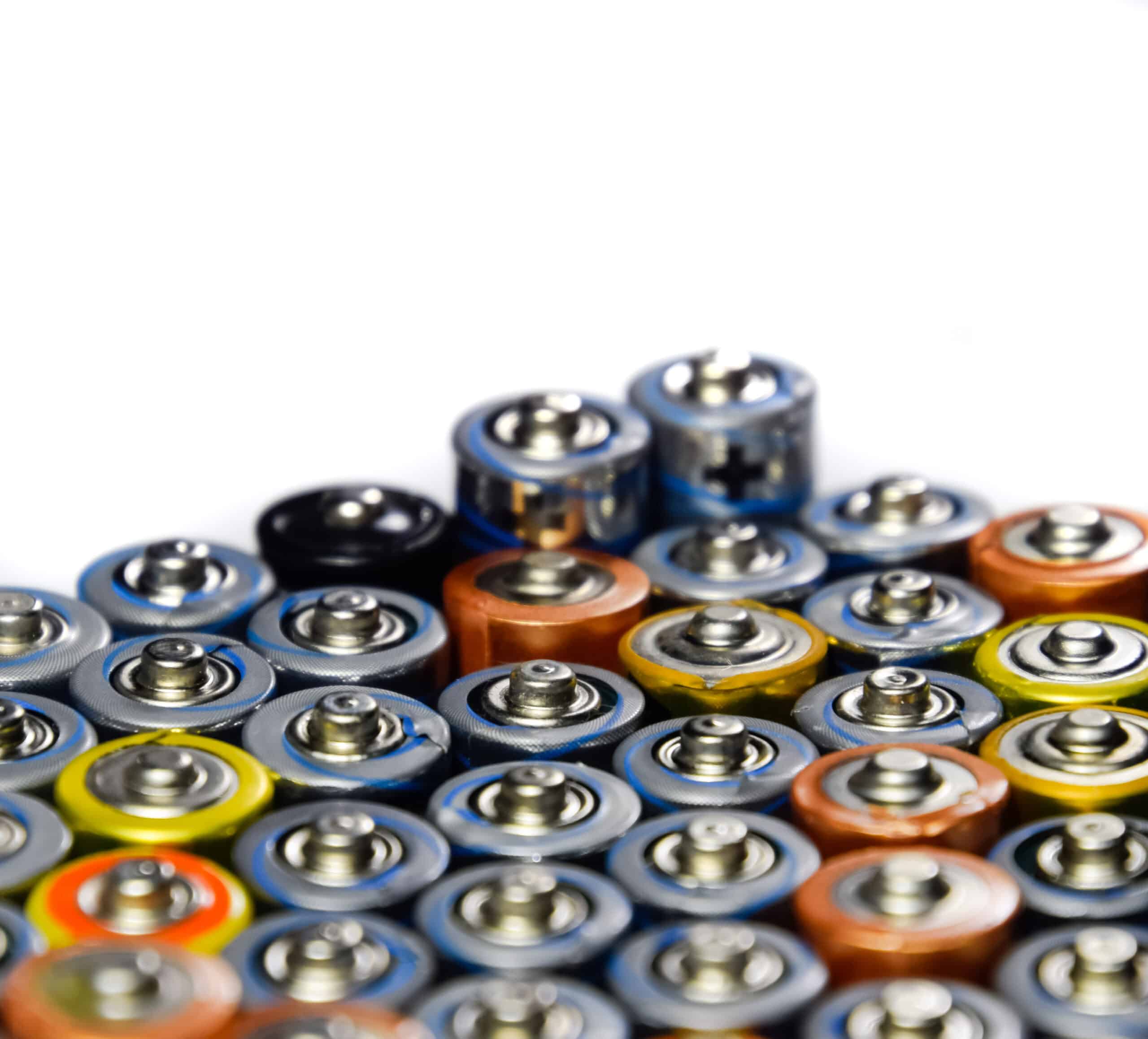What kills drill batteries?
Key Takeaways
- Battery Age and Lifespan: Over time, drill batteries naturally degrade and lose their ability to hold a charge.
- Overuse and Overcharging: Excessive use of a drill can put a strain on the battery, causing it to wear out more quickly.
- Extreme Temperatures: Exposure to extreme temperatures, both hot and cold, can have a negative effect on drill batteries.
Drill batteries are an essential component of cordless drills, providing power and mobility to complete various tasks. However, like any other battery, they have a limited lifespan and can eventually fail. In this article, we will explore the common causes of drill battery failure and provide tips on how to prolong their lifespan.
Common Causes of Drill Battery Failure
There are several factors that can contribute to the deterioration and eventual failure of drill batteries:
- Battery Age and Lifespan: Over time, drill batteries naturally degrade and lose their ability to hold a charge. This is a result of the chemical reactions that occur within the battery. The older a battery gets, the less efficient it becomes, leading to decreased run time and performance.
- Overuse and Overcharging: Excessive use of a drill can put a strain on the battery, causing it to wear out more quickly. Additionally, overcharging the battery can lead to overheating and damage. It is important to follow the manufacturer’s guidelines for charging and discharging the battery to prevent premature failure.
- Extreme Temperatures: Exposure to extreme temperatures, both hot and cold, can have a negative effect on drill batteries. High temperatures can cause the battery to overheat and degrade, while freezing temperatures can affect the chemical reactions inside the battery, leading to reduced performance.
- Corrosion and Debris: Corrosion and debris can accumulate on the battery contacts, preventing proper electrical connection and hindering the battery’s ability to charge and discharge effectively. Regular cleaning of the battery contacts with rubbing alcohol can help prevent this issue.
Tips to Prolong Drill Battery Life
While drill batteries have a limited lifespan, there are steps you can take to extend their longevity:
- Use High-Quality Batteries: Investing in high-quality lithium-ion batteries can significantly prolong the life of your drill battery compared to lower-quality alternatives.
- Properly Charge the Battery: Avoid overcharging or undercharging the battery. Use the correct charger designed for your specific battery to prevent damage.
- Store the Battery Correctly: Keep the battery in a cool, dry place, away from extreme temperatures and moisture. Storing the battery at around 50% charge when not in use for an extended period can also help maintain its performance.
- Avoid Overuse: While it is important to use the drill regularly to keep the battery active, avoid overusing it for extended periods. Allow the battery to cool down between uses to prevent overheating.
- Follow Manufacturer’s Guidelines: Read and follow the manufacturer’s guidelines for charging, discharging, and maintaining the battery. These instructions are specific to the battery model and can help maximize its lifespan.
- Consider a Backup Battery: Having a backup battery on hand can ensure uninterrupted power during projects, as well as reduce the strain on a single battery.
Signs of a Dying Drill Battery
It is important to be aware of the signs that indicate a drill battery is reaching the end of its life:
- Decreased run time: If you find that the battery doesn’t last as long as it used to on a single charge, it may be a sign of deterioration.
- Trouble holding a charge: If the battery struggles to hold a charge or discharges quickly even when not in use, it may be a sign of a dying battery.
- Overheating: Excessive heat generated by the battery during use can indicate a problem.
- Diminished power output: If the drill lacks the power it once had, it could be due to a failing battery.
- Physical damage or corrosion: Visible damage or corrosion on the battery can impact its performance and lifespan.
- Inconsistent performance: If the drill’s performance becomes inconsistent or unreliable, it may be a result of a failing battery.
By recognizing these signs, you can take appropriate action to replace or revive the battery.
Related Websites:
FAQs:
Q: What factors can negatively impact drill battery lifespan?
Extreme temperatures, humidity, moisture, exposure to water, improper charging practices, and lack of maintenance can all negatively impact the lifespan of drill batteries.
Q: How do battery cycles affect drill battery lifespan?
Each charge-discharge cycle affects the lifespan of drill batteries. Understanding battery cycles and avoiding improper charging practices can help prolong battery life.
Q: What are some battery maintenance practices for drill batteries?
Regular cleaning, proper storage techniques, and following manufacturer’s guidelines for charging and maintenance are important practices to maintain drill battery performance.
Q: How does battery age affect drill battery performance?
Batteries naturally degrade over time due to chemical reactions and internal wear. Battery age can result in capacity loss, reduced efficiency, and shorter runtime.
Q: What are the advantages and disadvantages of different drill battery types?
Different battery chemistries, such as lithium-ion (Li-ion) and nickel-cadmium (Ni-Cd), have varying performance, lifespan, and overall quality. It is important to choose high-quality batteries from reputable manufacturers.





